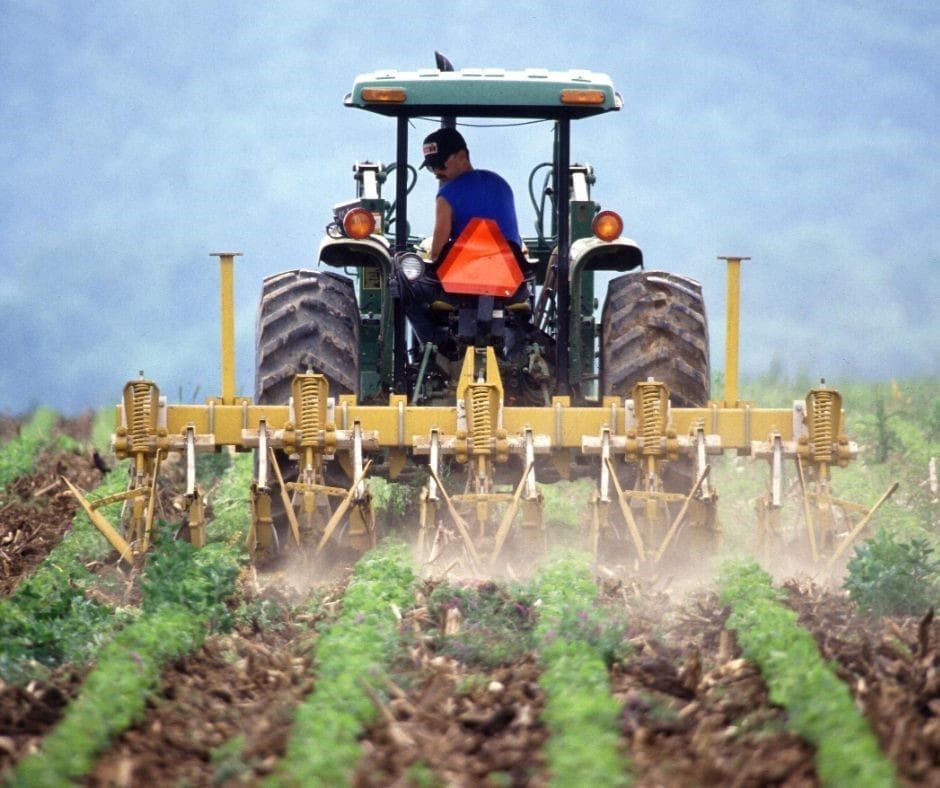By Trish Svoboda
Kansas State University’s Technology Development Institute (TDI) and the Department of Agronomy have collaborated to create devices that reduce nitrogen losses, enhancing farmers’ profitability. These 3D-printed samplers measure nitrogen losses from ammonia volatilization after fertilizer applications.
Previous studies indicate that up to 30% of the nitrogen applied by farmers as fertilizer could be lost to the atmosphere through ammonia volatilization, according to the release. The agronomy department is conducting a study, funded through a Foundation for Food and Agriculture Research grant, to investigate how different timing and application methods could minimize ammonia losses.
Utilizing a well-established micrometeorological method known as the integrated horizontal flux approach, ammonia emission rates are measured. Ammonia samplers, which require no external power and can rotate with the wind to maintain constant airflow, are placed at various heights over the fertilized area. The samplers contain coils treated with an acid solution to ‘trap’ ammonia from the passing air. The mass of ammonia collected in the samplers is then used to calculate the flux rate over the plot for a specified time.
The K-State research team from the Department of Agronomy includes primary investigator Lucas Haag, associate professor; Dorivar Ruiz Dias, professor; Eduardo Santos, associate professor; and Peter Tomlinson, associate professor.
Santos is heading a statewide project to measure ammonia volatilization in various soil types and nitrogen application methods. He collaborated with TDI’s engineering team to manufacture 180 ammonia samplers for this research. TDI not only redesigned the samplers for cost-effectiveness and ease of deployment but also produced and assembled them, making them ready for field use.













